Masters of the Human Spirit
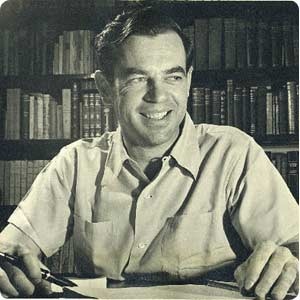
“The poets, prophets, and visionaries of untold millenniums – Dante, Aquinas, and Augustine, al-Ghazali and Mohammed, Zarathustra, Shankaracharya, Nagarjuna, and T’ai Tsung, were not bad scientists making misstatements about the weather, or neurotics reading dreams into the stars, but masters of the human spirit teaching a wisdom of death and life. And the thesaurus of the myth-motifs was their vocabulary. They brooded on the state and way of man, and through their broodings came to wisdom; then teaching with the aid of the picture-language of myth, they worked changes on the patterns of their inherited iconographies.”
–Joseph Campbell (American Writer, Editor and Mythologist, 1904-1987)

Conscious Evolution
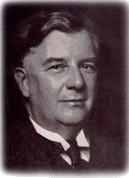
“We must be conscious because our era, the anticipated new era, will not take the form of earlier cultures, when unconscious elements pressed from below instinctively and animalistically. Humankind has reached the point where, by taking the future in its own hands, it must recognize clearly what to do next. Thus we will find the way to that which is divine within us.”
–Richard Wilhelm (German Sinologist, Theologian and Missionary, 1873-1930)

“Wilhelm: Lectures on the I Ching: Constancy & Change Cloth (Bollingen series)” (wilhelm)
Collective Wisdom
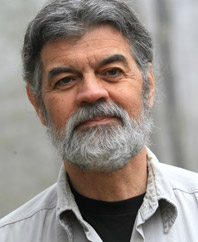
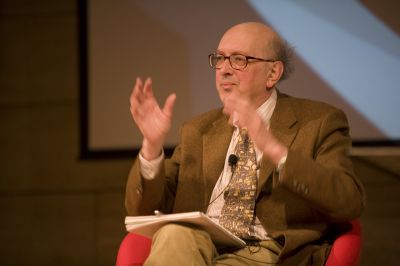
“Between four and six thousand years ago the ancient peoples in Europe built stone circles and decorated them with interlocking scroll loops. Similar motifs appear all over the world. The psychologist Carl Jung said such images are archetypes or universal structures in the collective unconscious of humankind. Could such a collective wisdom perhaps be expressing its intuitions of the wholeness within nature, the order and simplicity, chance and predictability that lie in the interlocking and unfolding of things?”
–John Briggs (American Distinguished Professor and Co-Chair of the Department of English Language, Comparative Literature, and Writing at Western Connecticut State University) and F. David Peat (English Physicist, Author and Director of the Pari Center for New Learning, 1938-)

“Turbulent Mirror: An Illustrated Guide to Chaos Theory and the Science of Wholeness” (John Briggs)
A Geography of Spirit
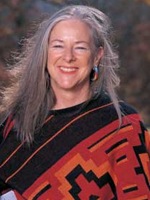
“There is a geography of the human spirit, common to all peoples.”
–Linda Hogan (Native American Poet and Writer, 1947-)

“The Woman Who Watches Over the World: A Native Memoir” (Linda Hogan)
Myth and Your Body
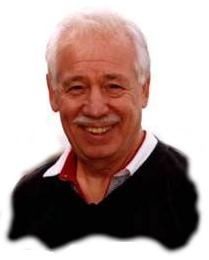
“Our creation myth is also the myth of our biological evolution. For me, there is another aspect to the creation and evolution myth – that is, the coming into existence of the body’s subjectivity.
Myth is about the birth and evolution of the body’s inner subjective experience.
Embryogenesis is cosmogenesis; the birth of the body is the birth of the inner emotional cosmos. And the experience of this is still ongoing, is present now.
From the moment of our conception, the organizing of past somatic images is available to us as a guide for being in the world of the present.
The different bodies of our history – personal and impersonal – are in our dreams. Myth presents us also with the body images of various ages and eons. The complex of somatic images gives our present somatic image an organization and dimension, a structure that has duration.
Mostly we are in touch with the surface body, because perception is mostly a surface phenomenon. That doesn’t mean that the other bodies aren’t there.”
–Stanley Keleman (American Chiropractor, Psychotherapist and Director of the Center for Energetic Studies in Berkeley, California, 1931-)
Myth and the Body p29:
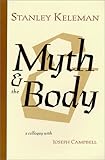
“Myth & the Body – A colloquy with Joseph Campbell” (Stanley Keleman)
The True Importance of Archetypes in Your Life
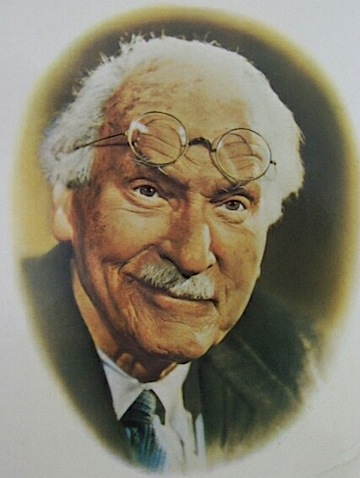
“There are no conclusive arguments against the hypothesis that these archetypal figures are endowed with personality at the outset and are not just secondary personalizations.
In so far as the archetypes do not represent mere functional relationships, they manifest themselves as daimones, as personal agencies. In this form they are felt as actual experiences and are not ‘figments of the imagination,’ as rationalism would have us believe.”
–Carl G. Jung (Swiss Psychologist and Psychiatrist, 1875-1961)
(This extraordinarily important insight is from #388 in the Collected Works, Volume 5)

“Symbols of Transformation (Collected Works of C.G. Jung Vol.5)” (C. G. Jung)
The Manifold and The One
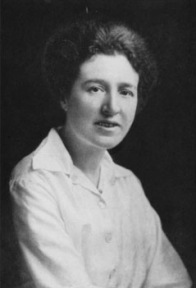
“The conviction that there is a Unitary Whole revealing itself to us as a Manifold….is something deep-seated in the human mind, which has come to the surface recurrently among people of the most various races and schools of thought.”
–Agnes Arber (English Botanist, 1879-1960)
The Emerging Spirit of the Age

“Every age has, so to speak, its own idea of Zeitgeist. Now it is a commonplace that ideas rule the world. But it is not generally known that they derive their potency from the spiritual force that lies behind them, and prepares the world for their reception.”
–Charles George Harrison (English Theosophist, Anglican Christian, Lecturer and Writer, 1855-1936)

Symbols of Oneness
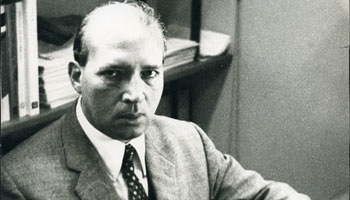
“The common origin of the human race is proved by the universal themes of folklore [and] legend…. Orientalism, the study of comparative religion, mythology, cultural anthropology, the history of civilization and art, esotericism, psychoanalysis, and symbolological research have all combined to provide us with ample material to substantiate psychological truth, and this essential oneness.”
–J.E. Cirlot (a.k.a. Juan Eduardo Cirlot Laporta, Spanish Poet, Art critic, Hermeneutist, Mythologist, Musician and Writer, 1916-1973)
Mirrors of the Self

“The point of archetypal images, like the point of myths, is not problem solving but imagining, questioning, going deeper.
Archetypal images free us from identifying ourselves with our literal failures and successes or from seeing our lives as banal, or trivial.
The aim in attending to these images is to awaken us to a sense of our yet unrealized latent possibilities, to save us from our sense of isolation and meaninglessness. It is to open up our lives to renewal and reshaping.
Attending to the images creates a new bond between our personal lives and the collective experience of humankind.”
–Christine Downing (American Scholar of religion, mythology, depth psychology and feminist studies, Professor of Mythological Studies at Pacifica Graduate Institute in Santa Barbara and, in 1974, the first woman President of the American Academy of Religion, 1931-)
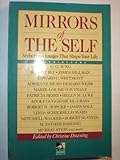
“Mirrors of the Self: Archetypal Images Shape Your Life” (Tarcher)







